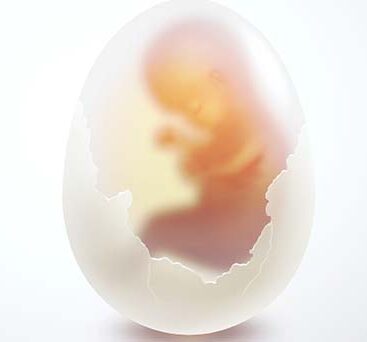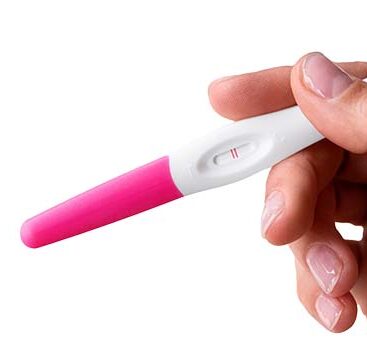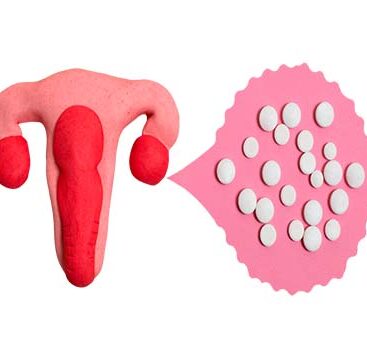
Prof. Dr. Onur Topçu
Gynecology and Obstetrics Specialist
Hysterosalpingography (Uterine Film)
The information provided below about medical diseases is not for advertising purposes. These are articles intended to inform and promote patients. If you think you have one of the diseases listed below, we recommend that you be examined by healthcare professionals who specialize in this field for medical advice and treatment.
Hysterosalpingography (HSG): Uterine Film
What is hysterosalpingography (HSG), uterine film?
It is an imaging procedure that allows viewing of the inside of the uterus (womb) and fallopian tubes. It is often used to determine whether the fallopian tubes are open or closed and to determine whether the inside of the uterus is of normal shape and size.
Why is hysterosalpingography (HSG) performed?
Intrauterine adhesions and abnormalities in the uterus and tubes can cause infertility. Therefore, HSG is performed to determine whether there is a problem in the uterus and tubes. It is one of the tests that should be performed routinely in couples who cannot achieve pregnancy.
When is hysterosalpingography (HSG) not performed?
In case of pregnancy
In case of pelvic infection
If there is uterine bleeding during the procedure
What should I do before hysterosalpingography (HSG) procedure?
Your doctor may recommend you take painkillers half an hour or an hour before the procedure.
In some cases, your doctor may want you to use antibiotics.
Since the procedure is performed with a form of anesthesia called sedation, it is recommended that you come to the HSG procedure with a relative. It is not recommended to drive on the day of the procedure.
How is hysterosalpingography (HSG) performed?
The most suitable days to perform the HSG procedure are the first 5 days following the end of menstrual bleeding. These days are both the days when the image quality of the procedure is highest and the days when a woman is least likely to be pregnant.
During the HSG procedure, a contrast fluid is injected into the uterus through the cervix. This contrast material can be seen on X-ray. In this way, it can be determined how the fluid progresses in the uterus and tubes.
The process is done as follows.
You lie on the imaging table as if you were having a gynecological examination. The instrument called speculum is placed into the vagina. The cervix is cleaned.
In the meantime, a simple anesthesia called sedation is applied to avoid pain.
The cervix is held with an instrument and a cannula is placed in the cervix. With the help of this cannula, the opaque substance is injected through the cervix into the uterus. Meanwhile, movies began to be produced serially.
At the end of the procedure, another film is taken to distribute the opaque substance in the abdomen.
As the last step, the placed speculum and cannula are removed.
Is there pain after the hysterosalpingography (HSG) procedure?
It may take a few more hours for fluid to drain from the vagina after the procedure. This fluid may contain a small amount of blood. In this case, pads can be used, tampons are not recommended.
After the procedure;
Spotting-like bleeding
Cramps may occur.
Are there any risks to the hysterosalpingography (HSG) procedure?
The risk of experiencing a serious problem after HSG is very low. Possible rare risks are perforation of the uterus, infection and allergy due to the opaque material used.
What are the situations when a doctor should be consulted after the HSG procedure?
If foul-smelling discharge begins
Vomiting, fever
If you experience severe abdominal pain and cramps
Severe vaginal bleeding
What are the alternatives to hysterosalpingography (HSG) procedure?
Laparoscopy: The inside of the uterus cannot be evaluated, it is only determined whether the tubes are blocked or open. After all, laparoscopy is a surgery.
Hysteroscopy: It allows evaluation of the inside of the uterus, but does not give precise information about the tubes.
Sonohysterography: Similar to hysteroscopy, it can provide information about the inside of the uterus, but cannot provide precise information about the tubes. In some cases, since the fluid given into the uterus can be seen passing into the abdomen, it can be determined that at least one tube is open, but a distinction cannot be made as right or left tube.
You can contact us by clicking here to make your appointment via WhatsApp.
Stay healthy..
Prof. Dr. H. Onur Topçu
Gynecology & Obstetrics-In Vitro Fertilization and Advanced Gynecological Endoscopy Specialist
PATIENT COMMENTS
Onur Hodja was very supporter and encouraging from the beginning of the process to the postoperatively. He explained all the details of the process completely and clearly and informed us in the best and correct way. I would like to thank my Honor Hoca and I definitely I am looking for a doctor in this field.
Arz*** A***








